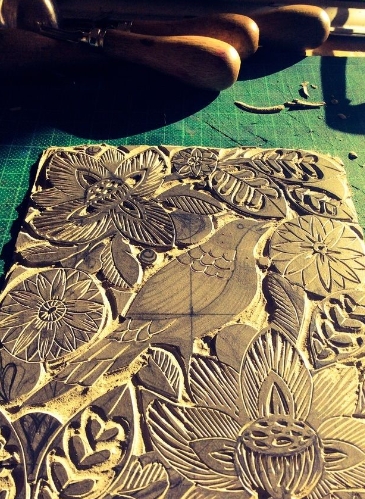Unveiling the Ancient Art: Exploring Relief Printing as the Oldest Method of Printing

Printing has been an integral part of human civilization, enabling the dissemination of knowledge and ideas. While various printing techniques have evolved over time, relief printing stands out as one of the oldest and most influential methods. In this article, we will delve into the rich history of relief printing, its significance, and its enduring relevance in the modern world.
- The Origins of Relief Printing:
Relief printing can be traced back to ancient times, with its roots deeply embedded in the cultures of ancient Mesopotamia, Egypt, and China. The earliest known examples of relief printing can be found in the form of seals and stamps used for administrative purposes. These early prints were created by carving images or text into materials such as stone, wood, or metal, and then applying ink to the raised surface for transfer onto various mediums. - The Evolution of Relief Printing Techniques:
Over centuries, relief printing techniques evolved and spread across different regions. In China, the development of relief printing can be attributed to the invention of paper during the Han Dynasty (206 BCE - 220 CE). The Chinese perfected the art of woodblock printing, using intricately carved wooden blocks to reproduce texts and illustrations. This technique revolutionized the spread of knowledge and played a crucial role in the development of Chinese literature and art.
In Europe, relief printing gained prominence during the Renaissance period, with the invention of movable type by Johannes Gutenberg in the 15th century. Gutenberg's innovation allowed for the mass production of printed materials, leading to a significant cultural and intellectual transformation known as the Gutenberg Revolution.
- Significance and Enduring Relevance:
Relief printing has left an indelible mark on human history and continues to be relevant in the modern world. Its significance can be attributed to several factors:
Preservation of Cultural Heritage: Relief printing techniques have been instrumental in preserving cultural heritage by reproducing ancient texts, artworks, and historical documents. The ability to recreate intricate details and textures ensures that valuable knowledge and artistic expressions are safeguarded for future generations.
Artistic Expression: Relief printing offers a unique medium for artists to express their creativity. The process of carving intricate designs into blocks requires skill and precision, resulting in visually stunning prints that capture the artist's vision and technique. From traditional woodblock prints to contemporary linocuts, relief printing remains a favored choice for artists seeking to create distinctive and tactile artworks.
Educational Tools: Relief printing has long been utilized as an educational tool, enabling the dissemination of knowledge on a wide range of subjects. From textbooks and scientific illustrations to maps and diagrams, relief printing facilitates effective communication and enhances understanding through visual representation.
Conclusion:
Relief printing stands as a testament to the ingenuity and creativity of human civilization. From its humble beginnings in ancient civilizations to its widespread adoption in the modern era, relief printing has played a pivotal role in shaping the way we communicate, preserve knowledge, and appreciate art. As we embrace digital advancements, let us not forget the enduring legacy of relief printing and the profound impact it has had on our collective history.
